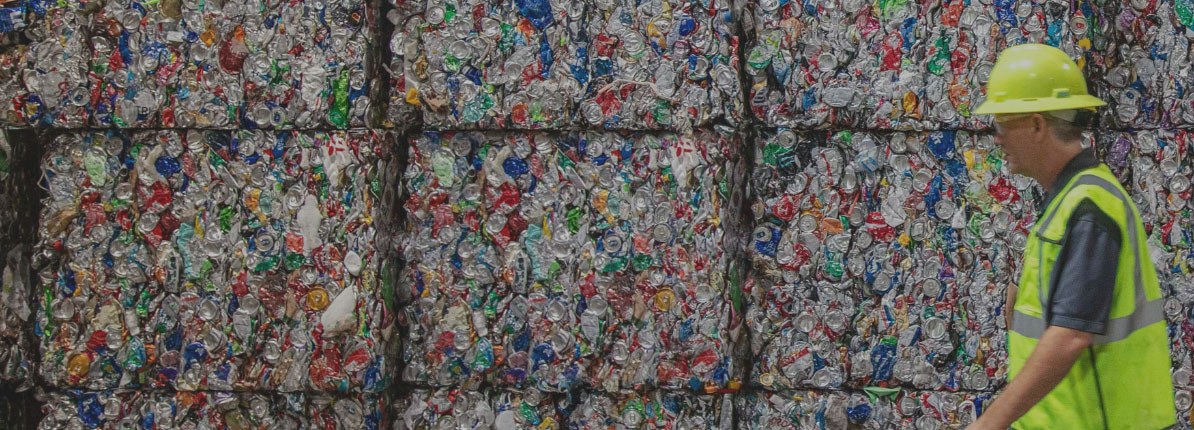
- Sustainability A-Z
- Community Engagement – Environmental Justice
Community Engagement – Environmental Justice
WM is committed to serving as a good neighbor to the communities we serve, and we continue to demonstrate this commitment by engaging meaningfully with stakeholders and treating the communities we serve with fairness, integrity and respect.
In 2024, WM conducted an assessment targeted at evaluating the impact of WM policies and practices on stakeholders, employees and the communities in which we operate. The findings underscored WM’s commitment to operating with consciousness of the impact operations may have on surrounding communities. In addition, the assessment recognized WM’s investments in transparency and building positive relationships, further positioning WM as a good neighbor.
Utilizing data is essential to establishing transparency and building trust and accountability amongst stakeholders. WM will continue to leverage data to proactively monitor our impact on and engagement within the communities we serve. Click here to learn more about our broader community initiatives.
Community Analysis
Since 2010, WM has conducted periodic reviews of community data by analyzing the income and race demographics of residents in proximity to our facilities.
To help better understand the demographics of communities surrounding our facilities, we have used several datasets, including the U.S. Census, EPA’s previously available Environmental Justice Screening and Mapping (EJSCREEN) tool, and open-source data from Environmental Systems Research Institute, Inc. (ESRI), a leader in geographic information system (GIS) software, location intelligence and mapping.
The charts below display the percentage of WM sites related to two demographic characteristics within a one-kilometer radius: percentage minority or non-minority populations, and households above or below low-income thresholds, as defined by U.S. EPA’s former EJSCREEN tool.
The data presented below was updated at the beginning of 2024 with the datasets available through ESRI, EPA’s former EJSCREEN tool and the 2020 U.S. Census.
Population demographics within one kilometer radius of WM facilities
Minority
Non-Minority
Below Low-Income1
Above Low-Income1
Landfill
Facilities
Hauling
Facilities
Transfer Station
Facilities
Office & Other
Facilities
Recycling & Organics
Facilities
Renewable Energy2
Facilities
Hazardous Waste
Facilities
1 Income level for households within one kilometer of WM facility, based on U.S. EPA’s definition of low income, according to U.S. EPA’s former EJSCREEN.
2 Renewable Energy includes Landfill Gas-to-Electricity and Renewable Natural Gas facilities.
Areas of Dense Population
WM engaged with the Sustainability Accounting Standards Board (SASB) on consensus reporting standards for waste facilities, and on using GIS-based systems to understand community concerns and potential impacts. SASB determined that the most useful measure across sectors would be mapping potential air impacts from facilities in urban areas.
Urbanized areas are defined as areas with a population of at least 50,000 people.
The table below shows the number of landfills within an urbanized area, within five kilometers of an urbanized area, and outside a five-kilometer perimeter of an urbanized area.
| Urbanization | Number of Active Landfills | Number of Closed Landfills | Total Number of Landfills |
|---|---|---|---|
| Within an urbanized area | 44 | 90 | 134 |
| Within 5 km of an urbanized area | 80 | 59 | 139 |
| Outside a 5 km perimeter of an urbanized area | 121 | 74 | 195 |